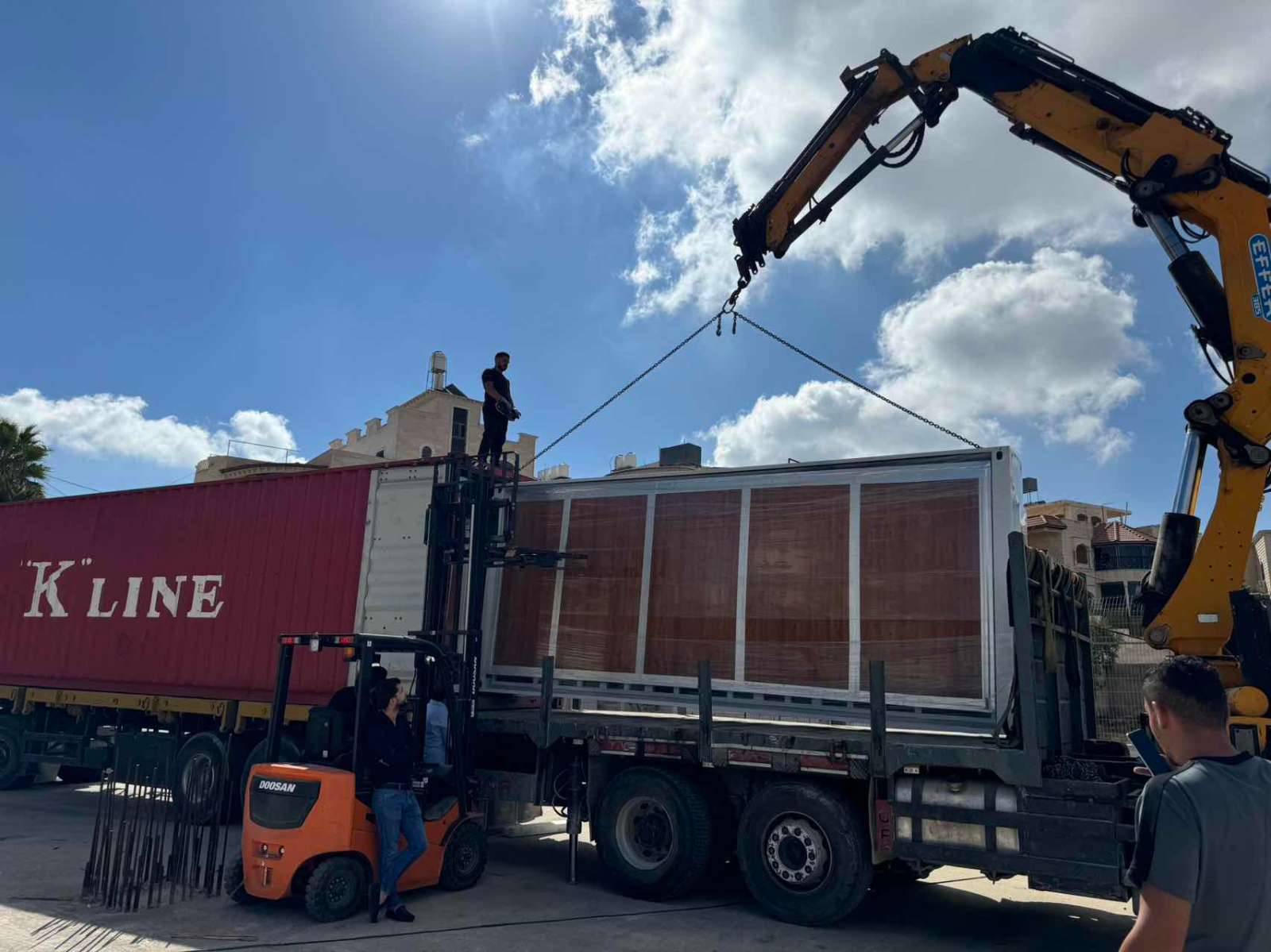
The project aims to meet the housing needs of low-income people, students and refugees. By using a standard 20-foot container and combining different sizes of 10-and 40-foot containers, the home hopes to accommodate refugees, asylum seekers, students and low-income workers. Independent housing units gathered together to form a small community of 8 families around a green courtyard. Due to the thermal insulation and flexibility of the container, these units can be adapted to different environments, providing a new housing option for those in distress.

Good thermal insulation is one of the advantages of the container in the Egyptian expansion of the box housing project. It is understood that the thermal insulation performance of the container is mainly due to its special structure and materials. For example, some container houses used aluminum foil insulation cotton layer and nano-thermal insulation plate layer and other materials, effectively blocked the outside heat transfer. At the same time, the flexibility of the container also allows it to adapt to different environments. Whether in a hot desert area or a humid coastal area, container houses can provide a comfortable living environment for residents by adjusting insulation and ventilation.
